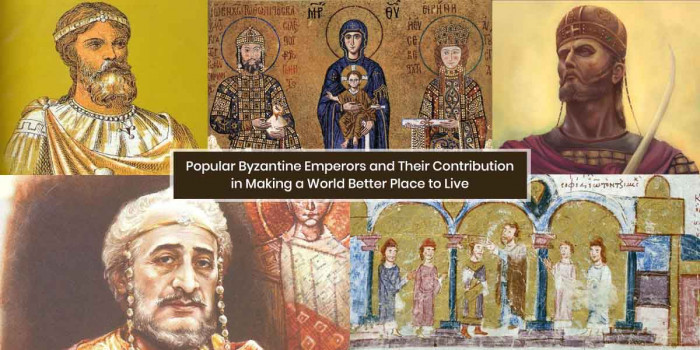Different Gods & Goddesses of Rain in Various Mythologies and Their Powers
You can find different deities of God of rain in different mythologies. Read more about their powers and other characteristics.

How well do you know about gods in mythology? Popular gods and goddesses of war are known for their power and are important members of different god groups. Greek gods of food are popular for their power and are worshipped in different parts of the country.
There are different gods and goddesses of rain based on different mythologies. For instance, Mpulu Bunzi is a god in African mythology, Jaguar in American mythology, and Indra, a god in Hinduism.
Let us find more about the Greek goddess of rain and agriculture, the roman goddess and grain and agriculture, and other gods.
1. Hindu God of Rain
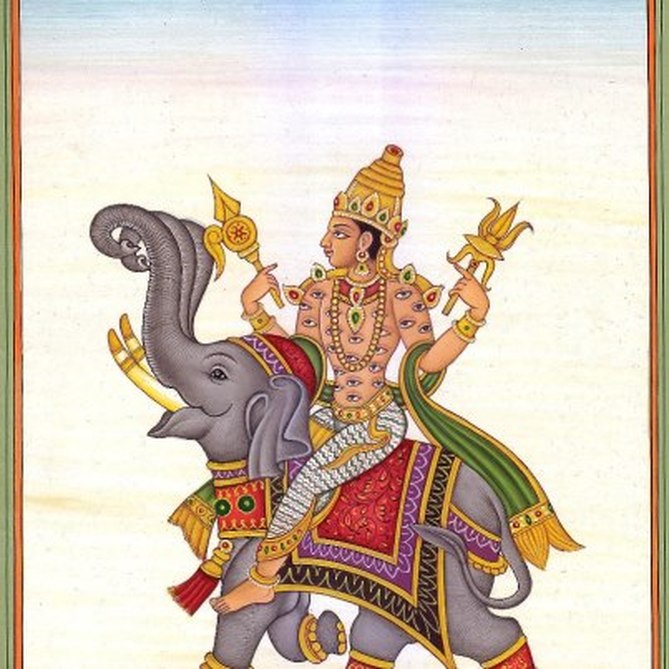
Indra is a Vedic deity in Hinduism and a guardian deity in Buddhism. He is the major deity worshipped in the Kalasha region. In the Vedas, he is the king of heaven. He is the deity of thunder, river flows, lightning, and war. He is celebrated for his powers and also as the one who killed the great symbolic evil named Vritra.
Indra is praised as the highest god in 250 hymns of Hindu scripture, Rigveda, and is also mentioned in Indo-Iranian literature. In post-Vedic texts, Indra is represented as an intoxicated hedonistic god and evolves into a minor deity in comparison to Shiva, Vishnu, or Devi. he had multiple affairs with other women. Sangam literature contains more stories about Indra by various authors.
Parjanya is a deity of rain, thunder, and lightning. The Atharvanic poet claims that Prithivi and Parjanya are the mother and father of all beings.
He is also considered as a rain-bull controlled by the superior Indra. He is the father of reed, which grows rapidly in the rainy season. Sometimes, he is also referred to as a protector of poets and an enemy of flesh-eating fire.
Shakambhari is the incarnation of goddess Parvati. She is a beautiful form of mother Adishakti Maa Parvati and is also portrayed as a goddess having octagonal arms on four sides. This mother is called Chintapurni, Bala Sundari, Naina, Vaishno, and Bhima.
Maa Sri Shakambari holy ancient proven Shaktipeeth is on the banks of a rainy river in the jungles of the Shivalik ranges. The major temples of Maa Shakambari can be visited in Rajasthan, Bangalore, Maharashtra, and other places.
Varuna is the deity associated with the sky and with the seas as well. He is also mentioned in the Tamil grammar work, Tolkāppiyam, as the god of sea and rain. In Hindu Puranas, Varuna is the god of oceans. In Hindu tradition, he is described as a derivation from the verbal root.
2. Hindu Goddess of Rain
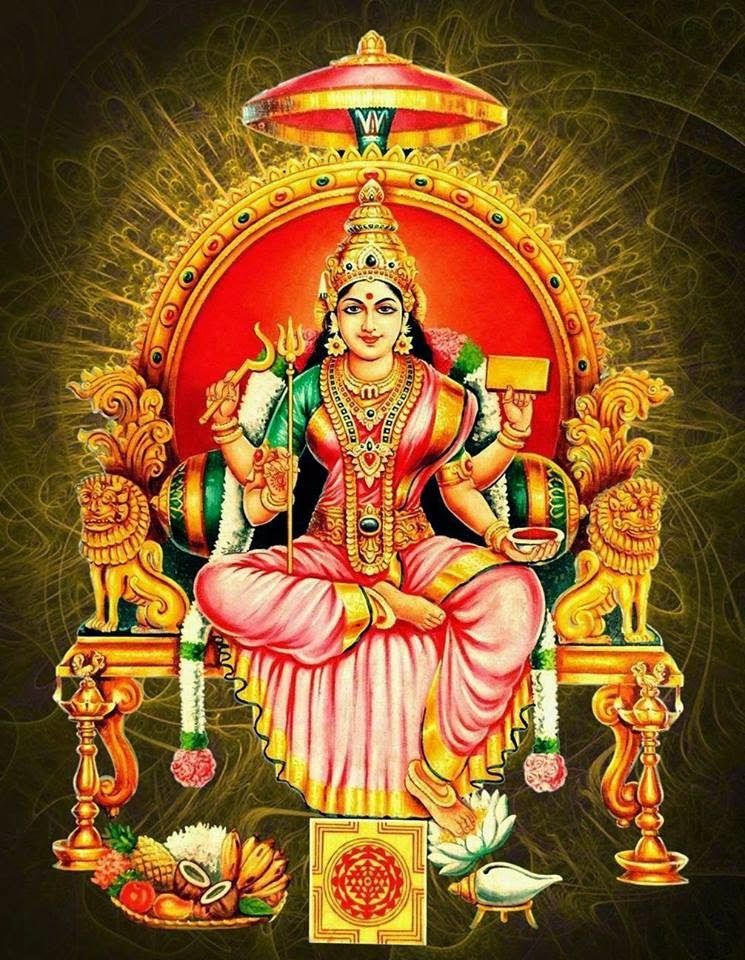
Maria, or Amman, is the South Indian goddess of the rain. She is the mother goddess and important in the rural areas of Karnataka and Tamil Nadu. Her festivals are held during the early autumn season of Aadi. She (Mariamman) is worshipped as per the local Agamas and is considered as the protector by people living in South India. Her worship focuses on curing diseases like cholera and chickenpox.
At the Samayapuram Mariamman Temple, the Hindu system of worship is seen today and also involves a ten-day festival organized by temple authorities in April. Through this worship, every individual achieves self-realization and awareness through moksha. Mari is represented as a young woman wearing a red dress with a red-hued face.
Sometimes, she is also represented with many arms, in sitting and standing positions, holding a bowl, and trident in others. Devotees also worship Mariani for fertility and a good spouse. A mix of rice and green gram, cooked in the temple complex, is offered to the goddess of the rain.
3. Norse God of Rain

Freyr is an attested god in Norse mythology and is related to peace and prosperity with a good harvest. According to Adam of Bremen, he was associated with peace and pleasure. In the mythological stories in the Icelandic books, Feyr is presented as one of the Vanir (a group of gods associated with fertility and health).
He rides the shining dwarf-made boar Gullinbursti and possesses the ship, which has a breeze and can be folded together when it is not being used. The Vikings believed that he would endow them with productive crops and weather as long as they made sacrifices to him.
4. Greek Goddess of Rain and Agriculture
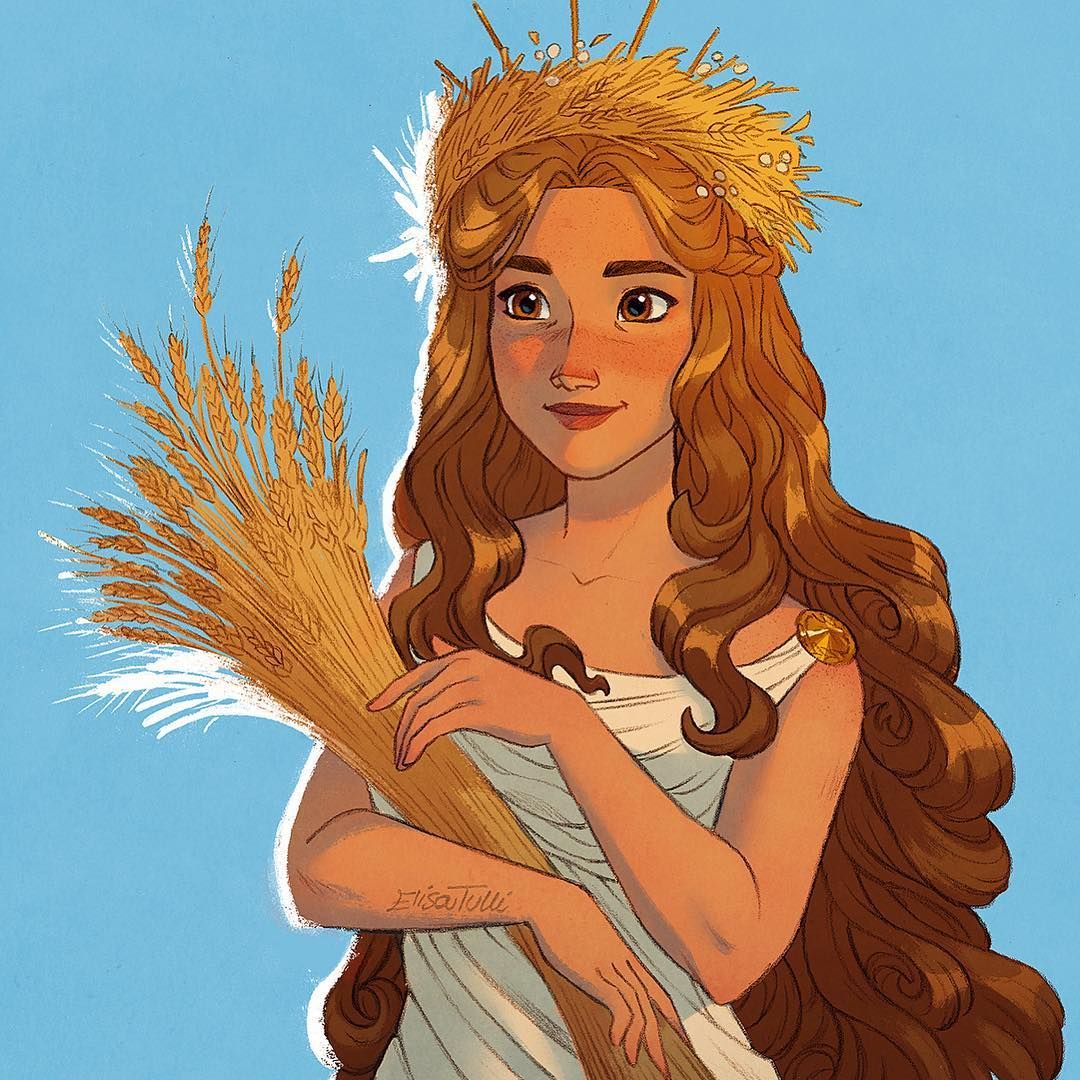
In Greek religion, Demeter is the daughter of deities Rhea and Cronus and consort of Zeus. She is rarely mentioned by Homer and appears like a grain goddess. The influence of Demeter was not limited to grain, but vegetation and to all fruits of the earth. She was worshipped and especially at the festival of Chthonia at Hermine in Argolis.
She also appeared as the goddess of birth and marriage. Her attributes were connected with her character as a goddess of vegetation. She was sometimes seen riding in a chariot drawn by dragons and sometimes seated upon a throne. Demeter didn’t marry, but she had a daughter with her brother Zeus.
5. Roman Goddess of Rain and Agriculture
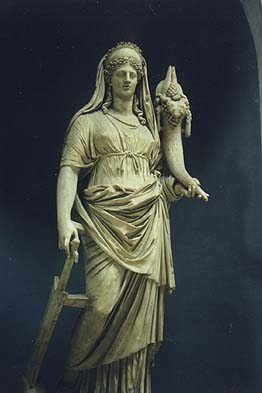
In ancient Rome, Ceres was a goddess of grain crops and motherly relationships. She was the central deity in Rome’s so-called plebeian or Aventine Triad.
She is the only one of Rome’s many agricultural deities to be listed among Dii Consents. The Romans saw her as a counterpart of goddess Demeter.
In-laws, Ceres was patron and protector of plebian laws and Tribunes. Her temple served the plebeians as a cult center, treasury, and possibly law-court. Ceres protected transitions of women from girlhood to manhood and from unmarried to married life and motherhood. She also helped the deceased into the afterlife as an underworld shade.
Ceres was the daughter of Saturn and Ops; in different myths, she is seen as a mother to different deities, showing her role as a fertility goddess. She was a kind-hearted goddess to the Romans and had a common expression.
One of the myths is she had been seduced by the chief of gods after she gave birth to a daughter. She is worshipped as an individual deity. On occasions, her worship included the earth goddess.
6. Greek God of Rain and Thunder

According to Greek mythology, the god of rain and thunder is the King of Gods, Zeus. He is the first lord of the Greek pantheon who rules from Mount Olympus. His symbols show a lightning dart. He was regarded as the sender of rain and winds, and his traditional weapon was the thunderbolt.
As a ruler of heaven, Zeus led the gods to victory against the giants and crushed several revolts against him by his fellow gods. Zeus was known for his armors and a source of perpetual discord with his wife, Hera. Zeus was represented as a dignified and a matured man of the stalwart build.
Hyades, in Greek mythology, is the daughter of Titan Atlas and the Oceanid Aethra. The Hyades is a sisterhood of nymphs that brings rain. Hyas was killed in the accident, and the Hyades wept from their grief.
7. Goddess of Rain According to Slavic Mythology
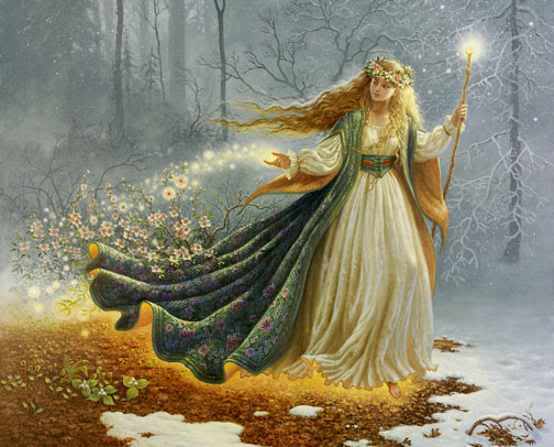
Dodola is a Slavic goddess of rain and the wife of Perun. Slavs believed that when Dodola milks her cows, the clouds rain on the earth.
8. God of Rain According to Hawaiian Mythology

In Hawaiian religion, Lono is related to rainfall, agriculture, and peace. In Hawaiian stories, Lono is a music god who descended to Earth on a rainbow to marry Laka. He was one of the four gods who existed before the world was created. In agricultural traditions, Lono was identified with food plants. In his honor, an annual festival is held.
9. God of Rain According to Shinto Religion
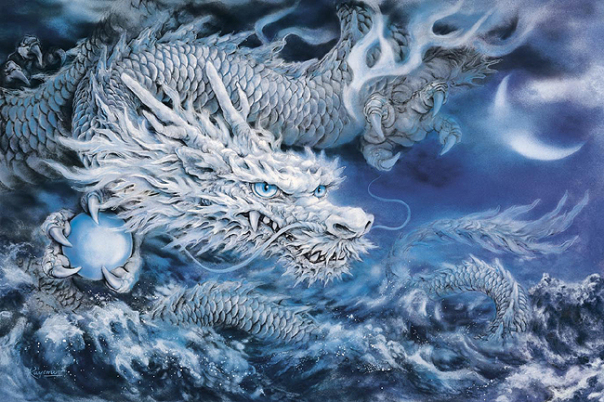
Okami, or Kuraokami, is a legendary Japanese dragon and Shinto deity of rain and snow. In Japanese mythology, the sibling progenitors, Izanami and Izanagi, gave birth to islands and gods of Japan.
After Izanami died, during the childbirth of fire deity Kagu-tsuchi, Izanagi killed his son. According to different versions of the legend, several other deities, including Kuraokami, exist.
10. God and Goddess of According to African Mythology
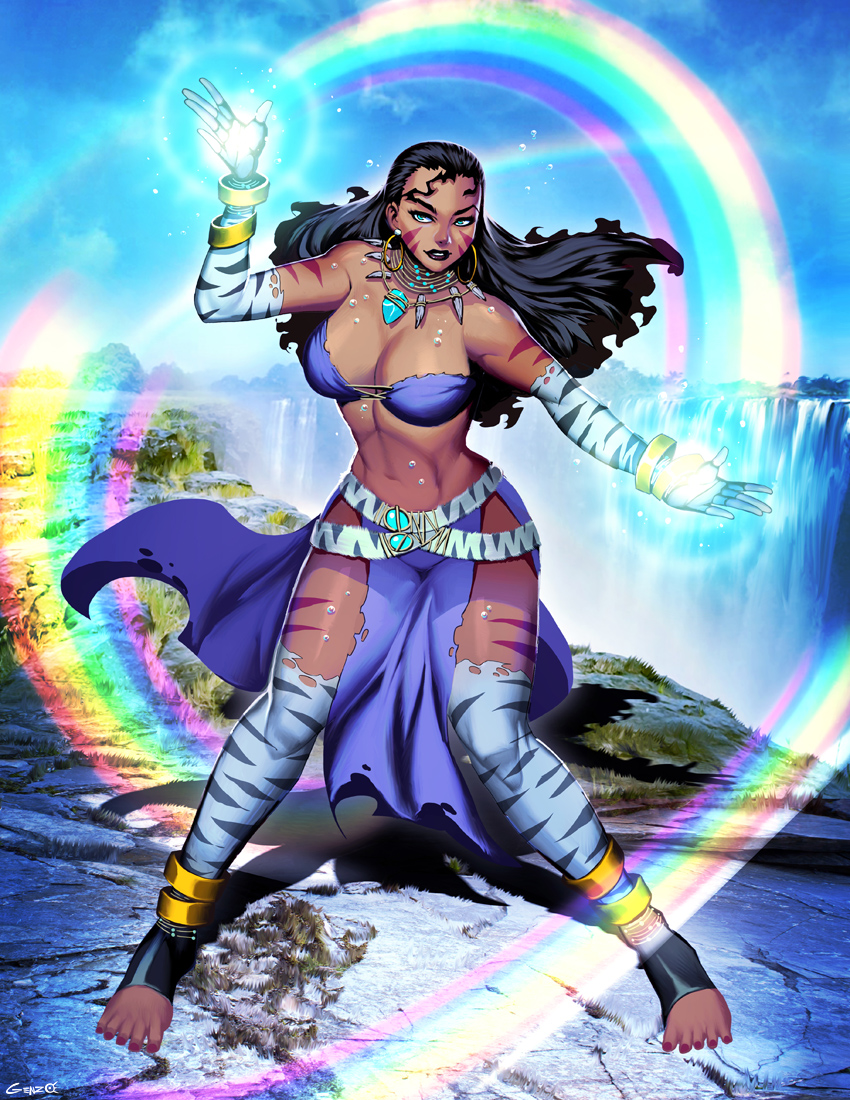
Anzar, the god of rain, can be found in Berber mythology. Oya is the goddess of rainstorms in Yoruba mythology and is similar to the Haitian god Maman Brigitte. Oya is an orisha of winds, death, and rebirth.
Mbaba Mwana Waresa is the fertility goddess of the Zulu religion of Southern Africa. She has the power of water and earth. She lived in the clouds and is loved by all. Her other name is Nomkhubulwane, which translates to-
“She who chooses the state of an animal.”
Bunzi, in Kongo mythology, is a goddess of rain and is the daughter of Mboze. She appears like a multicolored serpent and rewards those who worship her. She took on her mother’s rain-bringing power and appeared in the sky.
11. God of Rain According to Mesoamerican Mythology

Chaac is the name of the Mayan rain deity. He strikes clouds and produces thunder and rain.
Four chaacs are based in the cardinal directions and wear the directional colors. Among the rituals for rain deities, the ceremonial banquet for rain deities is held. It includes four boys acting and chanting as frogs. Chaac is represented as a human body showing amphibian scales and also with a non-human head with a long pendulous nose.
Cocijo is the lightning deity of the pre-Columbian Zapotec civilization of southern Mexico. He has attributes of similar Mesoamerican deities associated with thunder and lightning.
Cocijo was an important deity among Pre-Columbian Zapotecs because of his association with rainfall. He is represented in ceramics from the Zapotec area.
He was said to be the lightning god and creator of the world. In Zapotec, he is depicted with a zoomorphic face with a wide and a long forked serpentine tongue.
Do you know other important features and powers about the God and goddess of rain in different mythologies? If so, then share the facts below.
Popular Posts
Top 10 Sharpest & Deadliest Swords In History
In classic mythological movies, books and television, we’ve seen those audacious sword-wielding heroes smiting the enemi...
Augustus Perez
List of Water Deities from Different Mythologies
Water deities are the gods and goddesses who had the powers to control the elements of water and ruled over all the fresh and saltwater of the earth. Here’s a list of water deities from different mythologies.
Rishika Gupta
Winged Lion: The Terrifying Mythical Creature In Different Mythologies
A mythological creature, a winged lion dates back to ancient times. This flying lion-like creature has origins in Heraldry, Christianity, Mesopotamian, and Greek mythologies.
Ethan Stephans







